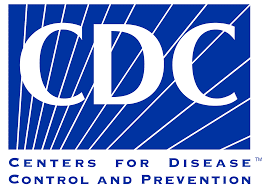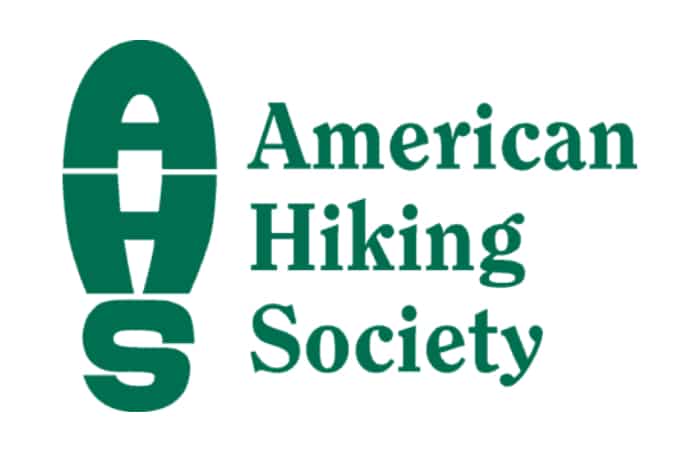Simply spending time in nature shows benefits both for body terrain factors linked to cancer and for reducing cancer risk. It may also help with symptoms common among people with cancer.
Safety and precautions
While being in nature can be healing, life-giving, and health-promoting, some aspects of nature require caution. Suffering from heat; tangling with poisonous plants, disease-carrying insects, or venomous animals; or being injured from a fall will definitely decrease your enjoyment of nature. Learning about and preparing to minimize hazards will increase your enjoyment and your benefits in nature, whether you’re spending time in your own back yard, an urban park, or an untamed national park.
If you’ll be exploring a new area, check in to a guided hike with someone who can let you know what to look for and how to interact with the natural world in the area.
Weather
Heat, cold, floods, thunderstorms, tornadoes, high winds, or hurricanes can make time in nature not only unpleasant but dangerous. Check forecasts and be prepared for changes. If you’re traveling in an area new to you, check local sources for what to expect, including extremes. Take extra clothing layers if you might be out when temperatures could drop quickly, and take plenty of water if heat could be an issue. Protect yourself from excessive sun exposure if appropriate.
Plants and animals
Before going out, learn about what to expect in your area and how to protect yourself. Poison ivy, poison hemlock, poison oak, and nettles are common plants that can cause rashes, blistering, and other discomfort. Thorny plants such as some berry brambles, thistles, or cacti can cause minor injuries. Poisonous mushrooms, which aren’t plants but are usually found around plants, can be very harmful and even lethal if eaten.
Some spiders, insects, snakes, and aquatic animals produce venom that they can inject in you through a bite or sting. Most won’t be dangerous unless they feel you are threatening them. Ticks, fleas, and mosquitos can disrupt your enjoyment of nature and may even carry diseases.
Increased cancer risk
Helpful links
Search the internet for plants, animals, and other hazards to look out for in your area.
References



